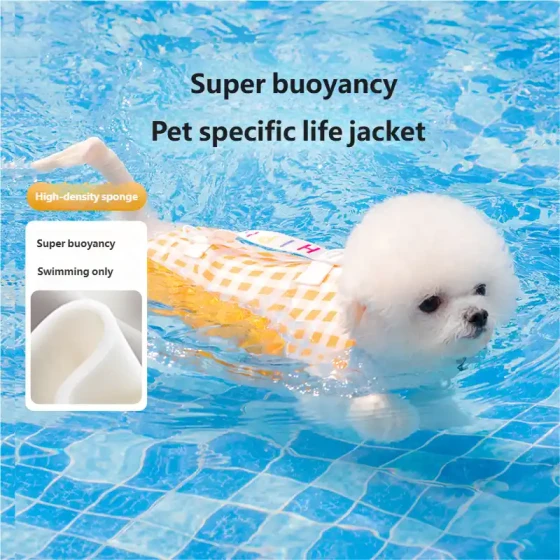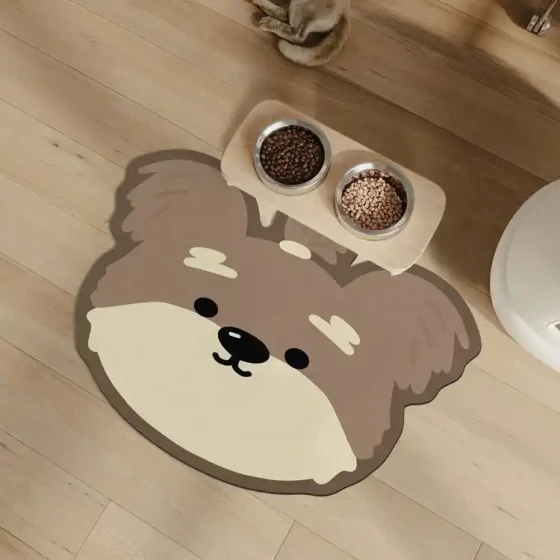Is Higher or Lower Protein Better in Dog Food and Cat Food Labels
Famous pet nutritionist Wang Tianfei's new work: "Feeding Mistakes That Kill Dogs and Cats" series I don't trust dog food and cat food —

Why add "crude" before "protein" — Called "Crude Protein"
On the back of dog or cat food packaging, you will definitely see a "nutritional value content table." Normally, the first listed item is "protein." The protein mentioned here refers to "crude protein," which is also called "crude protein," a commonly used indicator representing the protein content level in pet staple food. It is generally obtained by measuring nitrogen content using the Kjeldahl method and then multiplying by 6.25, because nitrogen makes up about 16% of protein. Therefore, the total nitrogen amount in the pet staple food multiplied by 6.25 is considered as the protein content. However, besides true protein, dog and cat food also contain varying amounts of natural or artificially added nitrogen-containing substances (non-protein nitrogen). Therefore, the protein content measured by this method is only an approximate value and not the exact true protein content in dog and cat food, hence the term "crude protein."
Do not only look at the "crude protein" content; the key is to look at the "digestible protein" content


Digestible protein refers to the portion of crude protein in pet dog food or cat food that can be digested and utilized by dogs and cats. It equals the crude protein content of the staple food consumed minus the protein content in the pet’s feces:
Digestible Protein = Crude Protein Intake from Pet Food — Protein Content in Pet’s Feces
This is the digestible protein content of pet staple food, which can also be calculated by multiplying the crude protein content by the protein digestibility rate:
Or
Digestible Protein = Crude Protein Content in Pet Food x Protein Digestibility Rate

Digestible protein represents the amount of protein in dog and cat food that can be digested and absorbed by dogs and cats, making it an important indicator for evaluating protein quality in pet staple food. Among some protein ingredients in pet staple food, some have high content but are poorly digested and absorbed by dogs and cats. For example, feather meal, once listed as a protein ingredient (no longer used in pet food after 2008), contains more than 78% protein but is mainly composed of indigestible keratin. Its digestibility is extremely low. Without hydrolysis treatment, the protein digestibility of feather meal for dogs and cats is almost "0." Therefore, although feather meal has a high protein content, it is a very poor protein source. Another example is soybean protein in plant proteins. Although its content is not high, generally about 43%, its protein digestibility for dogs can be as high as 87%, making soybean protein a very good protein source. Of course, fresh meat and meat products have even better protein utilization rates.





